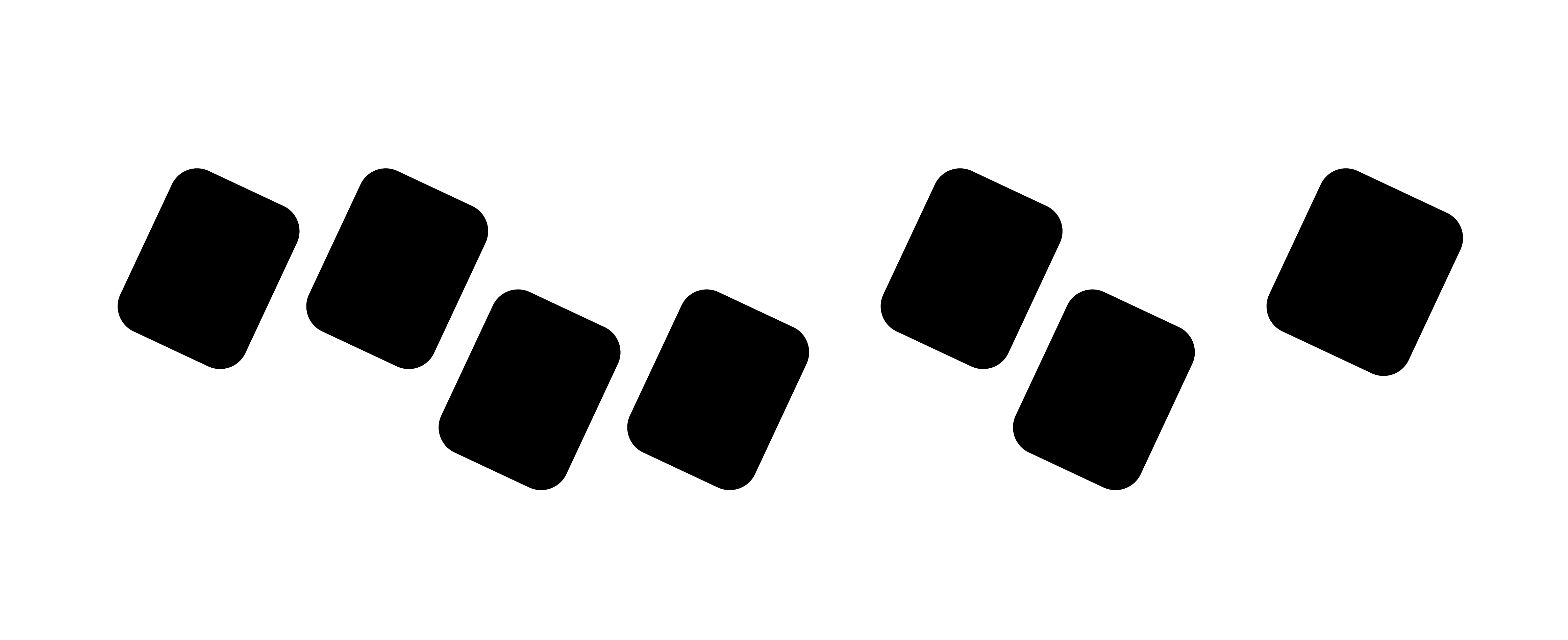
Giorgio Moroder's Metropolis
The science fiction classic reflects the fears and hopes of the 1920s regarding technology, power, and social inequality, following the founder's daughter as she battles against the oppression of the working class by the ruling elite. Since the 1970s, numerous restorations of this UNESCO World Documentary Heritage have been attempted. Moroder’s futuristic reimagining blends his synthesizer sound with rock music from Freddie Mercury, Loverboy, and Adam Ant. It includes lost scenes from the original and employs colorization and modern visual effects to revitalize Fritz Lang’s expressionist drama. This makes Moroder’s METROPOLIS a beat-driven hybrid of silent film history and monumental music video.
Moroder's interpretation employs the Virage effect, where original black-and-white footage is selectively tinted in the lighter areas to enhance specific atmospheres or times of day. Blue tones highlight the technological advancements of the city, while green and red hues contrast the harsh working conditions underground.

Supporting Film: Knut Kuhles' Stalker
When our longest-serving projectionist and program director Knut Kuhles heard that in 1984 Giorgio Moroder had managed to breathe new life into METROPOLIS, which was thought to have been lost at the time, he had an idea: “I'll cut Stalker by Tarkovsky down to 3 minutes and add hip-hop!”

